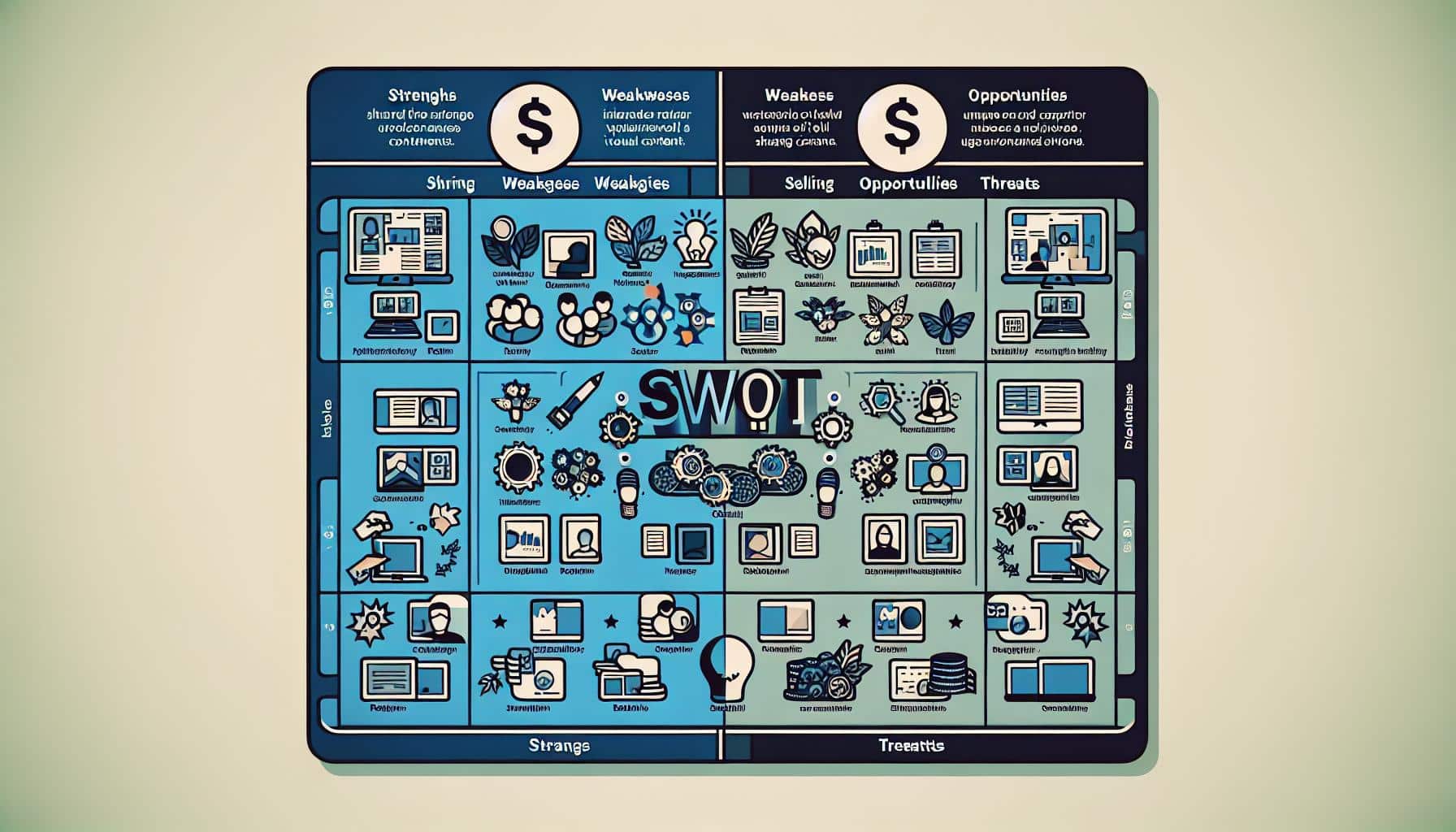The Importance of a Well-Structured Retirement Plan
Planning for retirement is a crucial step in securing a comfortable and stress-free future. However, creating a successful retirement plan requires careful consideration and a systematic approach. This article aims to guide you through the essential steps to ensure a secure retirement. From assessing your current financial situation and retirement goals to exploring retirement account options and considering insurance and healthcare needs, each step is vital in building a solid foundation for your retirement.
Step 1: Assessing Your Current Financial Situation and Retirement Goals
Before you embark on creating a retirement plan, it is crucial to assess your current financial situation and define your retirement goals. Start by evaluating your current income, expenses, and any outstanding debts. This assessment will provide you with a clear picture of your financial standing and help you determine how much you need to save for retirement. Additionally, take the time to envision your retirement goals. Consider factors such as desired lifestyle, travel plans, and any specific hobbies or activities you may want to pursue during retirement. Identifying these goals will allow you to tailor your retirement plan accordingly.
Step 2: Developing a Realistic Budget and Savings Strategy
Once you have assessed your financial situation and established your retirement goals, the next step is to develop a realistic budget and savings strategy. Start by creating a budget that reflects your current income and expenses, ensuring that you allocate funds towards retirement savings. Consider cutting unnecessary expenses and redirecting those funds towards your retirement savings. Develop a savings strategy that takes into account your desired retirement age, estimated living expenses, and the rate of return on your investments. Set achievable savings goals and review your progress regularly to stay on track.
Step 3: Diversifying Your Investments for Long-Term Growth
Diversification is a key principle in creating a successful retirement plan. It involves spreading your investments across different asset classes, such as stocks, bonds, and real estate, to reduce risk and maximize potential returns. By diversifying your investments, you can protect your retirement savings from the volatility of individual investment options. Consider seeking the assistance of a financial advisor to help you create a well-balanced and diversified portfolio that aligns with your risk tolerance and long-term growth objectives.
Step 4: Exploring Retirement Account Options and Maximizing Contributions
To maximize your retirement savings, it is essential to explore the various retirement account options available to you. Take advantage of employer-sponsored plans such as 401(k)s or 403(b)s, as these often offer pre-tax contributions and employer matching incentives. Additionally, consider contributing to an Individual Retirement Account (IRA), which provides tax advantages and allows for greater control over your investment choices. Take the time to understand the contribution limits and eligibility requirements for each account option, and aim to maximize your contributions to benefit from the power of compounding over time.
Step 5: Considering Insurance and Healthcare Needs for a Stable Retirement
As you plan for retirement, it is crucial to consider insurance and healthcare needs to ensure a stable financial future. Evaluate your health insurance coverage and determine if any additional policies, such as long-term care insurance, are necessary to protect your retirement savings from unexpected medical expenses. Take into account factors like inflation and rising healthcare costs when estimating the coverage you will need during retirement. Additionally, review your life insurance policy and consider if any adjustments are necessary to provide adequate financial protection for your loved ones.
Creating a successful retirement plan requires a systematic approach to secure your future. By assessing your current financial situation and retirement goals, developing a realistic budget and savings strategy, diversifying your investments, exploring retirement account options, and considering insurance and healthcare needs, you can lay the groundwork for a comfortable retirement. Remember to regularly review and adjust your plan as your circumstances change. With careful planning and disciplined execution, you can be well on your way to a secure and fulfilling retirement.













